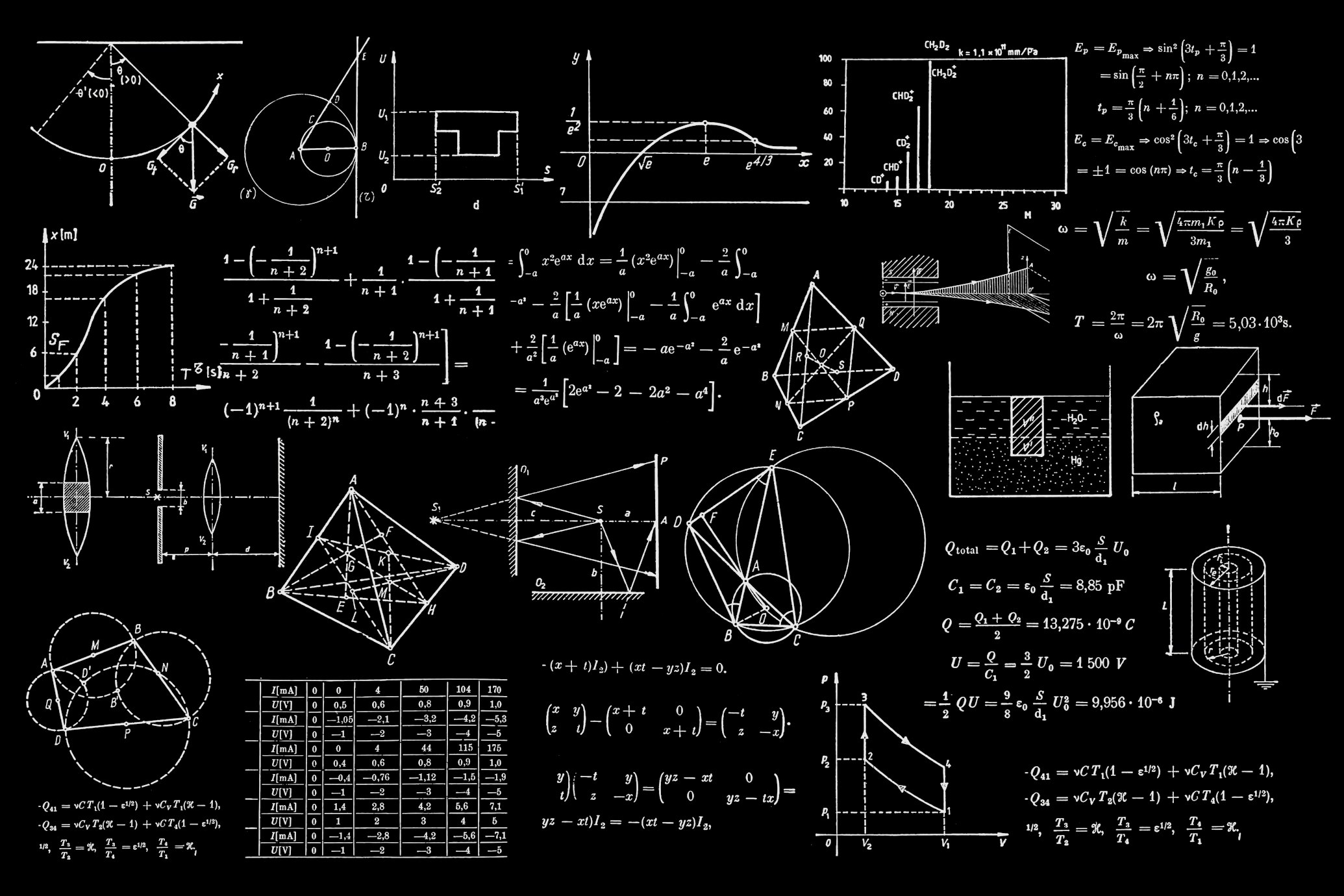The 50-Year-Old Assumption
Scientists believed they had cracked the code of particle charging with one elegant equation
🎯 The Simple Promise
OML (Orbital-Motion-Limited) theory made physics beautifully simple:
Size = Charge: Bigger particles collect more electrons and ions
Universal Rule: All particles of the same size behave identically
Perfect Balance: Steady-state charging in clean laboratory conditions
📐 The Mathematical Beauty
Where q = charge, m = mass
One equation to rule them all—or so they thought.
Then AI Looked at the Real Data
What artificial intelligence discovered in the lab shocked everyone
The Shocking Truth
When physics-informed machine learning analyzed thousands of real particle measurements, it found something nobody expected:
🌡️ Environment Rules Everything
Context became king. The same particle in different conditions acted like completely different objects:
⚡ The Universal Rule Died
Identical particles in different spots behaved like strangers:
Why the Old Theory Crumbled
Real plasma isn't the clean, simple world scientists imagined
Messy Reality
Laboratory plasma isn't uniform like textbook diagrams. It has swirls, gradients, hot spots, and cold zones—creating a chaotic charging landscape where every location tells a different story.
Particles Talk to Each Other
Dust particles don't exist in isolation. They create electric fields that influence neighbors, forming invisible networks of interaction that the old theory completely ignored.
Nothing Stays Still
The theory assumed steady equilibrium, but real experiments are constantly changing. Temperature fluctuates, pressure varies, and particles move—equilibrium is a beautiful dream that never quite arrives.
Size Matters... Differently
AI discovered that bigger particles don't just collect more charge—they actually change the entire electric field around them, creating their own microenvironments that smaller particles can't even access.
The Invisible Electric Bubble
AI revealed something stunning: every particle creates its own invisible electric "bubble" that changes size based on the particle itself—not just the plasma around it.
Small Particle
Tiny bubble, simple field
Medium Particle
Growing bubble, complex interactions
Large Particle
Massive bubble, changes everything
The Experiment That Changed Everything
How scientists at Emory University used AI to rewrite physics
The PNAS 2025 Breakthrough
Published in Proceedings of the National Academy of Sciences
The Emory University team didn't just run another experiment—they built an AI detective that could see patterns no human ever could.
🔬 The Revolutionary Method
3D particle tracking that followed every speck of dust in real-time
Physics-informed AI that understood the laws of nature
Statistical analysis of thousands of particle interactions
📊 What They Found
of particles completely defied the old predictions
Environment explained behavior better than size
What This Means for the Future
This discovery ripples far beyond the laboratory
For Science
Physics needs new theories that embrace complexity instead of hiding from it.
For Industry
Manufacturing processes can be controlled with unprecedented precision.
For AI
Artificial intelligence proved it can discover new physics that humans missed.
The Revolution Has Just Begun
This is part of a bigger story where AI is rewriting the textbooks
What Else AI Has Discovered
Challenging Newton's third law
Hidden correlations
Order in apparent chaos
Context-dependent behavior
Environment shapes everything
The age of AI-assisted discovery is here, and physics will never be the same.
See also
- What is dusty plasma? — foundational concepts
- Nonreciprocal forces — another classical assumption challenged
- Physics-informed ML — the AI method that revealed these patterns
Sources: Yu et al. (2025). "Physics-tailored machine learning reveals unexpected physics in dusty plasmas." PNAS 122(31): e2505725122.
